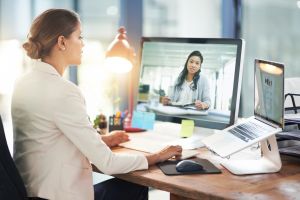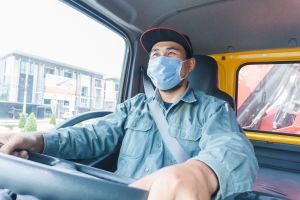
- COVID-19 is not going away anytime soon, and other corona viruses are “waiting for their opportunity.”
- About 40% of people with COVID-19 are going to be asymptomatic.
- Those with a Vitamin D deficiency are more likely to become infected.
- A combination of UVA and UVC lighting will effectively kill the virus.
- People living and working in close proximity are particularly susceptible to becoming infected with COVID-19
- If you have had COVID-19, the “deep nasal” test can detect “dead virus particles” and provide a false-positive test.
- Face coverings help prevent asymptomatic spread, and provide a 20- to 40$ lower risk for getting sick. (They also acknowledged confusion in the early stages of the pandemic regarding masks vs. no masks.) Face coverings with a greater density (thread count) are more effective, and are not to be confused with formal respiratory protection. Gaps due to facial hair or loose masks decrease a mask’s efficiency.
- We may not be able to tell the difference this season between the flu and COVID-19. Panelists recommend that everyone get a flu shot. Soon. They recommend companies make flu shots available to their workforce at the workplace
- A “walk-by” exposure to someone with COVID-19 will most likely not cause you to become infected (low risk), but rather extended contact with someone who is infected would present a greater risk of infection.
- Scientists around the world are working on about 120 vaccines for COVID-19. The goal is to have enough people immunized with an effective vaccine to provide “herd immunity.” Some people may need two doses of vaccine. Most people, but not everyone will need to be vaccinated.
- Cal/OSHA is issuing citations to employers for work-related exposures to COVID-19

Many of the items discussed in the webinar relate to things individuals can do on their own (face coverings, flu shots, and taking Vitamin D supplements–speak with your medical provider before taking a supplement.)
But companies also have an opportunity (and responsibility) to help their employees.
Employers have a responsibility to conduct COVID-19 hazard assessments, and take the necessary steps to keep their employees safer from workplace exposure to COVID-19.
